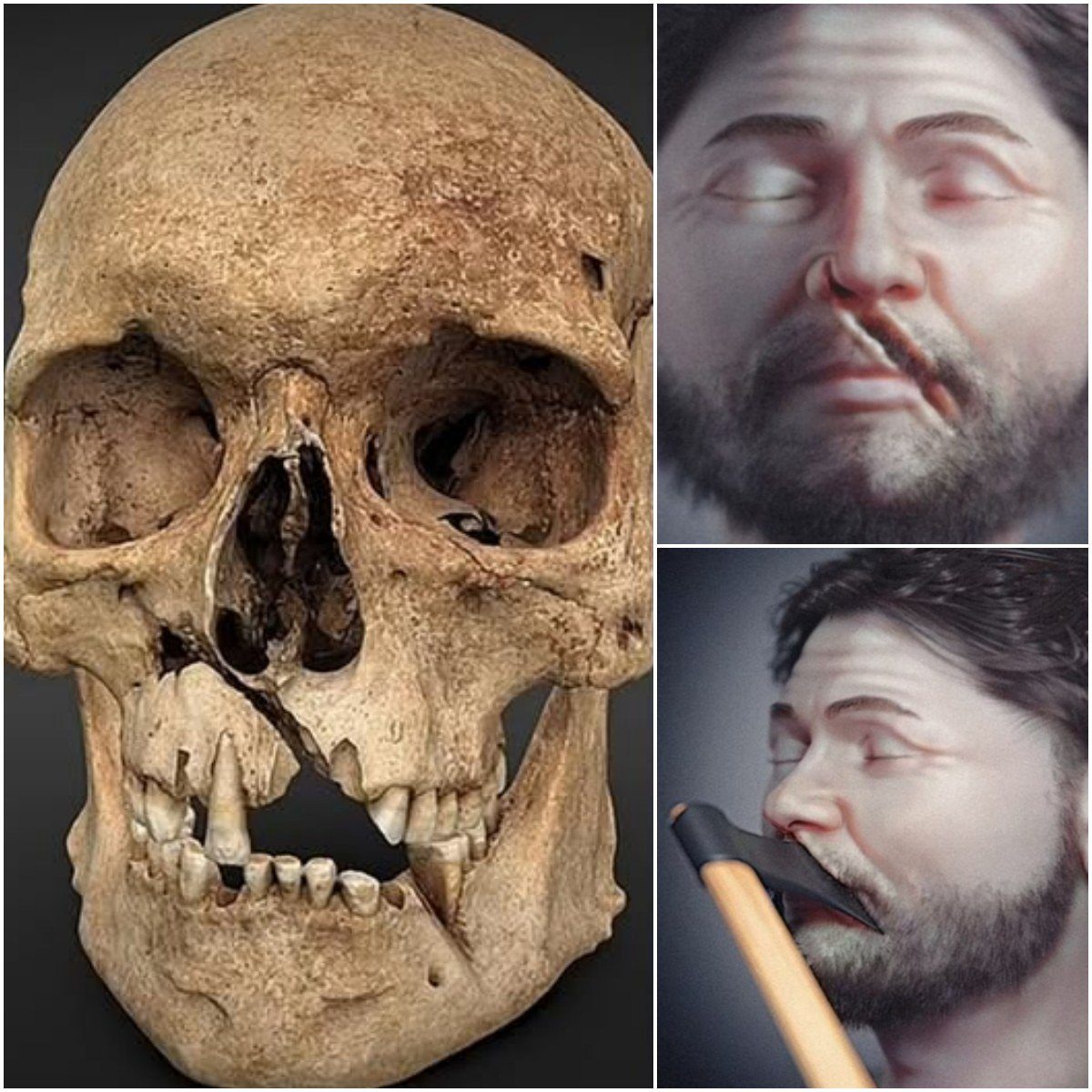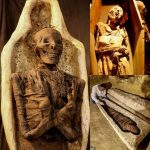The Warrior of 1361: A Vivid Glimpse Into Medieval Valor

Step back into the turbulent 14th century and meet the Warrior of 1361—a figure who embodies courage, skill, and the enduring human spirit. Through meticulous preservation and modern archaeological study, this medieval hero has been brought vividly to life, offering historians, enthusiasts, and the public an intimate window into a world shaped by conflict, loyalty, and honor.
The Discovery

The Warrior of 1361 was uncovered in a remarkably preserved tomb located in a historically significant battlefield region. Archaeologists were struck by the exceptional condition of the remains and accompanying artifacts. From intricately detailed armor to weaponry, each element provides insight into the warrior’s social status, role in battle, and the technological sophistication of the period.
Preservation techniques revealed not only the skeletal structure but also scars and other markings that speak to a life of combat and endurance. These details allow researchers to reconstruct the warrior’s appearance, physical condition, and the intensity of the conflicts he faced, creating a vivid portrait of a man who lived at the heart of medieval Europe’s turbulent history.
Insights Into Medieval Warfare
The Warrior of 1361 offers valuable insights into the art and practice of medieval warfare. His armor demonstrates advanced metallurgical techniques and thoughtful design, balancing protection with mobility. Weapons found alongside him—including a sword, shield, and bow—illustrate the versatility and skill required of soldiers during this era.
Marks of healed injuries and scars on the skeletal remains provide evidence of battlefield resilience and medical practices of the time. These findings illuminate the physical demands placed on warriors, the dangers they faced, and the strategies employed in combat.
Cultural and Historical Significance
Beyond his martial prowess, the Warrior of 1361 serves as a cultural symbol. His tomb and artifacts reflect the values of loyalty, bravery, and honor that permeated medieval society. The careful arrangement of his burial, along with items of personal and symbolic significance, suggests a culture that celebrated courage and sought to preserve the memory of exceptional individuals for posterity.

The discovery also highlights the broader historical context of 14th-century Europe, a time marked by political strife, feudal obligations, and frequent warfare. Studying the Warrior of 1361 allows historians to connect individual experiences with broader societal structures, deepening our understanding of medieval life.
Preservation and Study
Modern techniques in archaeology, osteology, and material analysis have enabled a detailed reconstruction of the warrior’s life. Advanced imaging, forensic study, and metallurgical analysis provide a holistic view of his health, lifestyle, and the technological environment in which he lived.
The study of the Warrior of 1361 not only honors a single historical figure but also offers a lens into the daily realities, dangers, and values of an entire era.
Conclusion
The Warrior of 1361 stands as a living testament to resilience, skill, and the human spirit across centuries. Through meticulous study and preservation, we gain a rare and intimate glimpse into the life of a medieval hero, from the scars etched by battle to the artistry of his armor and weapons. This discovery enriches our understanding of 14th-century Europe, honoring a figure whose courage continues to inspire awe, reflection, and admiration today.










